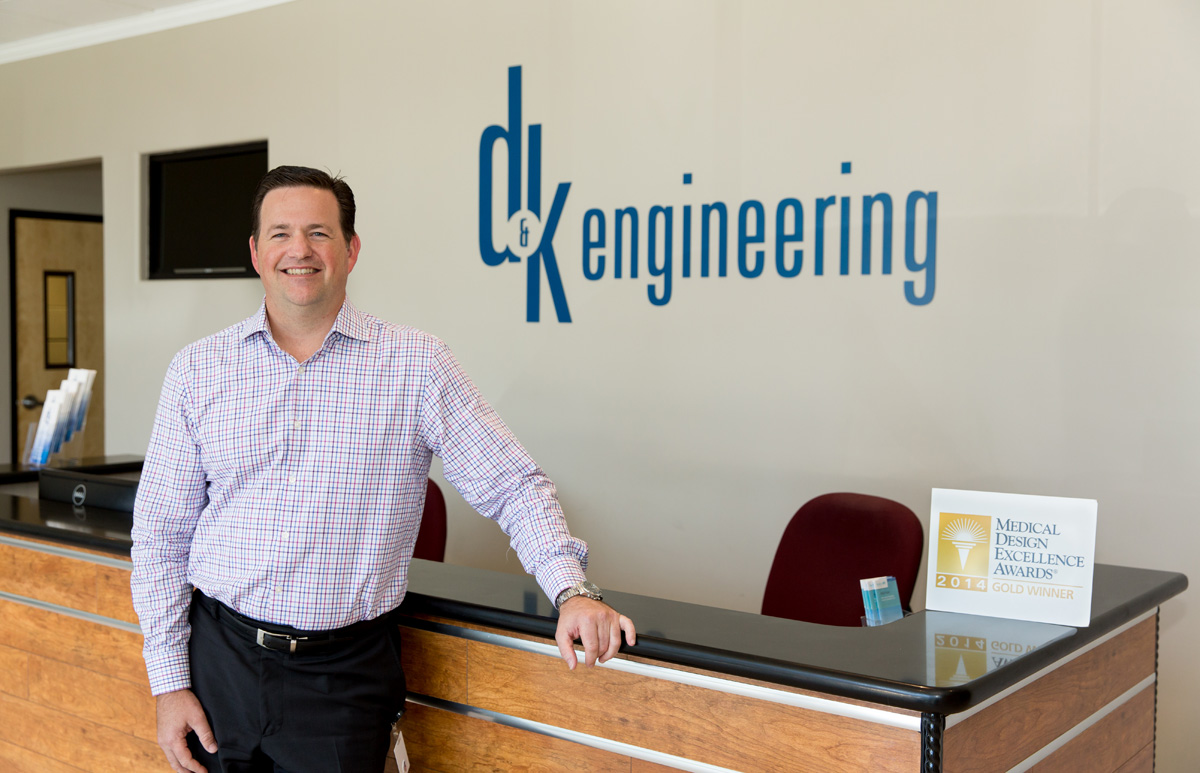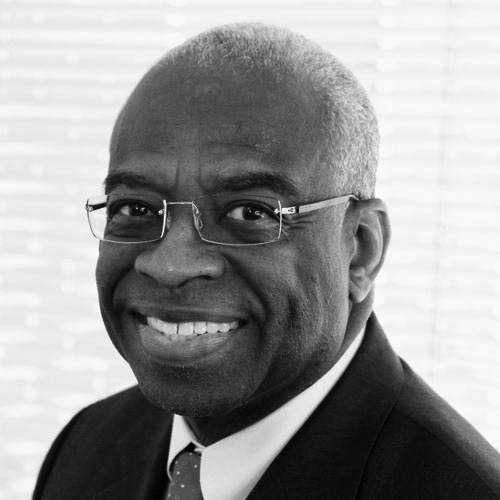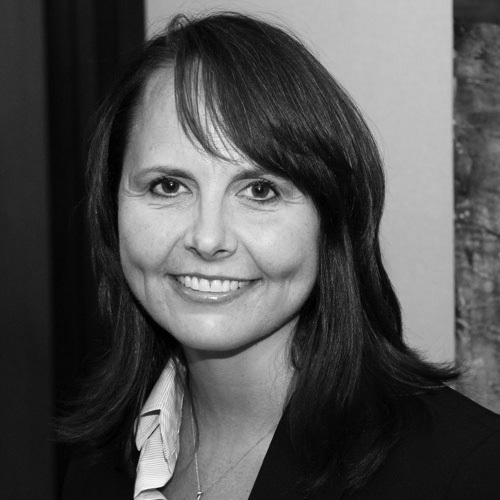In late 1999, I was working at Hewlett-Packard Company (HP) in its inkjet product development group with Alex Kunczynski, with whom I’d attended graduate school at Stanford University.
HP was on the leading edge of looking for external partners for design and manufacturing services, and I started noticing some gaps in the marketplace. There was a shortage of partners that could truly innovate on behalf of their clients, at least at the level HP expected, and partners that had design and manufacturing abilities. At that point, the marketplace was made up of hundreds of small boutique design firms on one end of the spectrum and large contract manufacturers at the other end, neither of which worked optimally together. We wanted to create a high-end design firm that could do world-class manufacturing as well. As it turns out, what we wanted to do was really, really hard, and that gap did allow us to differentiate ourselves.
D&K Engineering reduces the risk of bringing breakthrough products to market. We’re a product realization company, and we are here to help our clients navigate through a disciplined process of putting the right infrastructure, people, and processes in place to address their product realization challenges, especially around high-innovation content and hardware-based products. That disciplined process lets us substantially reduce risk for them, be it technical, schedule, or cost risk. And the risk reduction translates to an increased chance of success for their products and businesses in general.

We set out to create a lasting company where the best and brightest could come and have a fulfilling career. Throughout our history, we’ve done our best to attract and retain the best people in all functions. At times it was tough, because we did this when people were pursuing frothy markets, building companies, and exiting quickly.
That said, we did several thousand things wrong. Like many entrepreneurs, we made mistakes along the way, but acted as quickly as we could to address our errors as we encountered them. We also had to learn to appreciate the value and nuances of every single functional area of the company as we scaled, and hire experts in each field, from finance to purchasing to human resources. We were undercapitalized for a period of time, as we’ve had no outside investment, but that has pros as well as cons. And a couple times we got too aggressive with growth and that created strains within the organization.
From the beginning we have been industry-agnostic—we simply want to help our clients develop and manufacture innovative, breakthrough products. That’s taken us into many market verticals. We work in the medical devices space, life science, industrial products, kiosks, printing, and military, to name a few. While those verticals might sound incredibly diverse—and there are differences, especially on the regulatory side when you’re dealing with medical devices—the vast majority of what it takes to be successful in bringing products to market is similar across verticals. So we run a very structured product-realization process from the technical and business perspectives to drive success in each vertical.
We’ve had to create a lot of proprietary software to make the process efficient, but at the end of the day that allows us to decrease clients’ time to market, which makes them money.
I learned that you have to make sure your business model is robust enough to survive significant changes to its input variables. For example, if your schedule moves out or your product costs move up, or your functionality changes somewhat, do you still have a good business? We learned to run the sensitivity analyses on our own business, as well as to help our clients run the right analyses on theirs.
One example of the great relationships we have is ecoATM, a startup that helps users sell old cell phones and tablets, which has kiosks in most malls. It is run on quite a complex device, and we were fortunate to be able to help it along the product realization journey—from concept through scale manufacturing.
The business model is well proven, so we are focused on scaling and getting into other geographic regions. We’re currently in southern California and Singapore, but we have clients all over the world, and having geographic reach into locations where innovation is flowing at a high rate—San Francisco, Boston, New York, Austin—will help us be even more impactful to our clients.”















